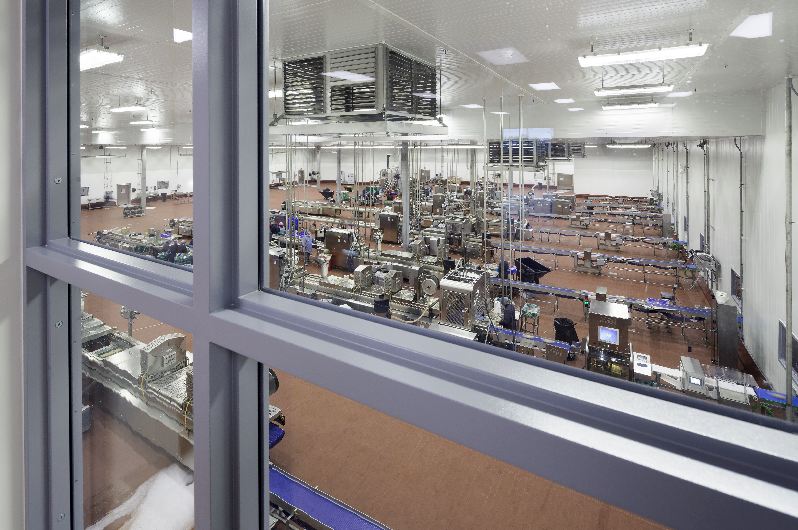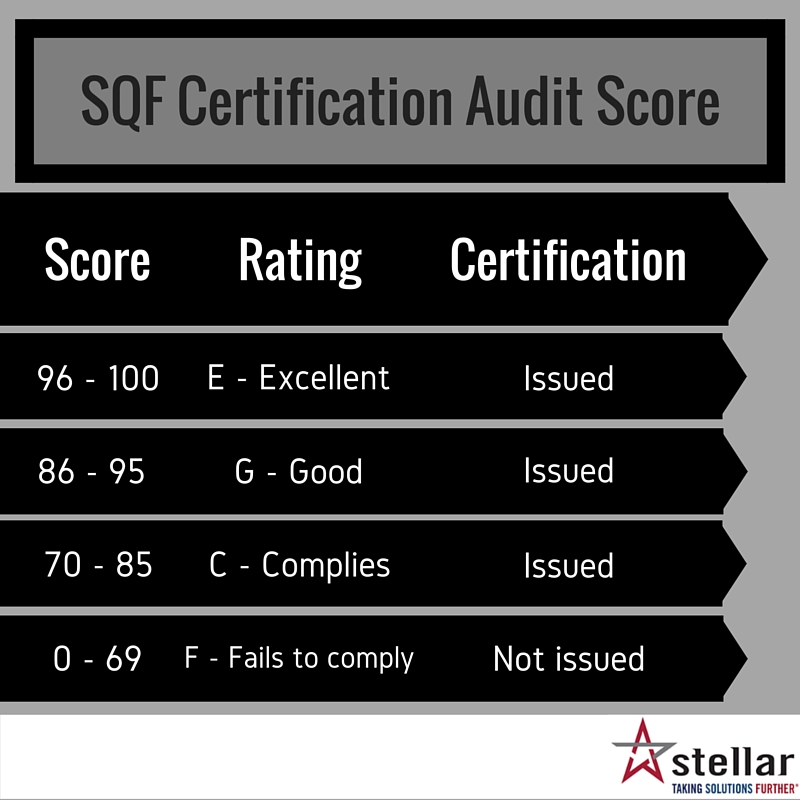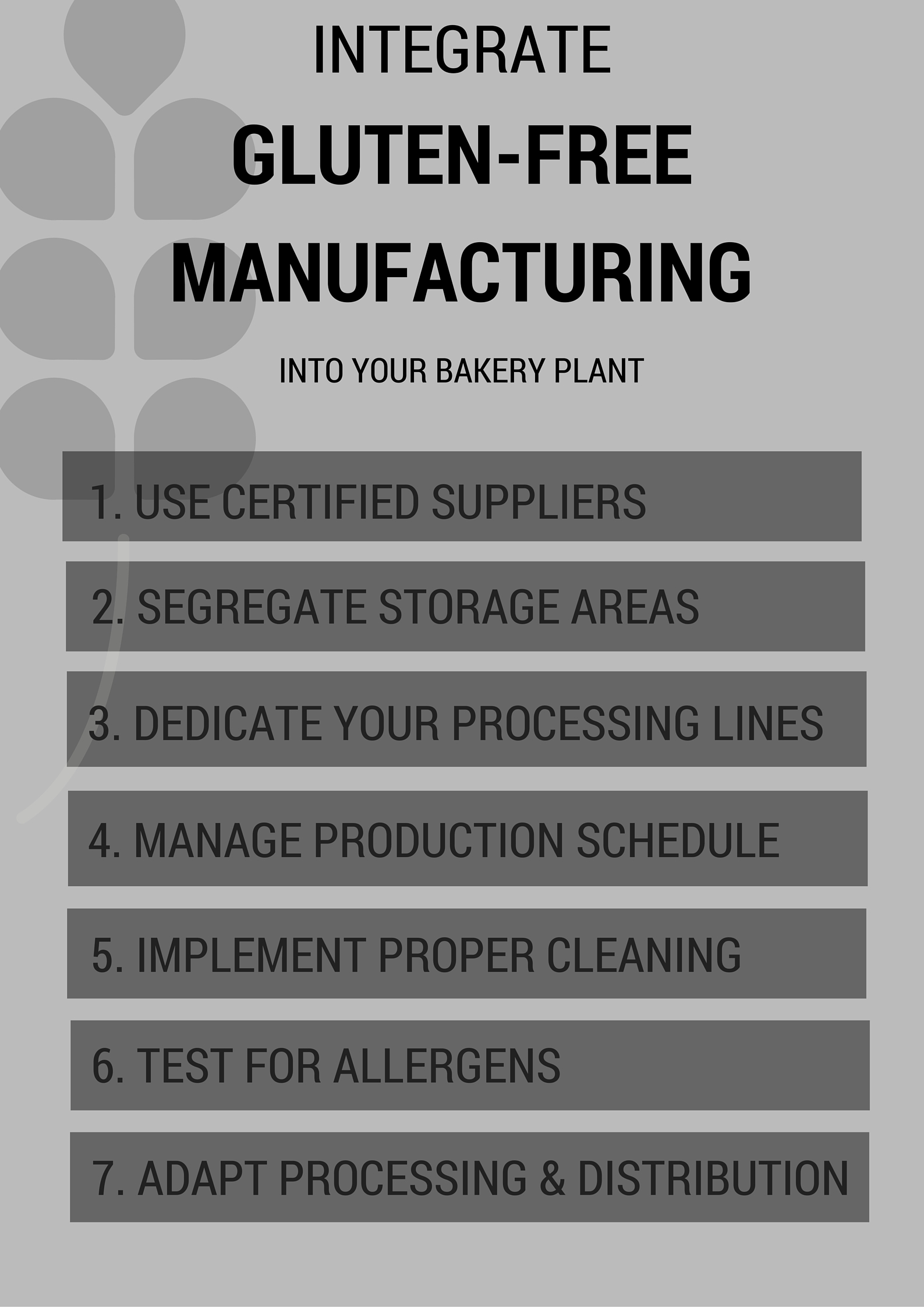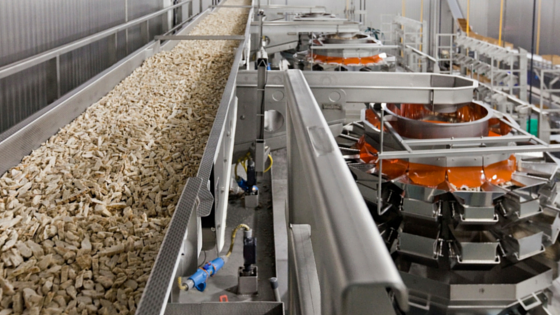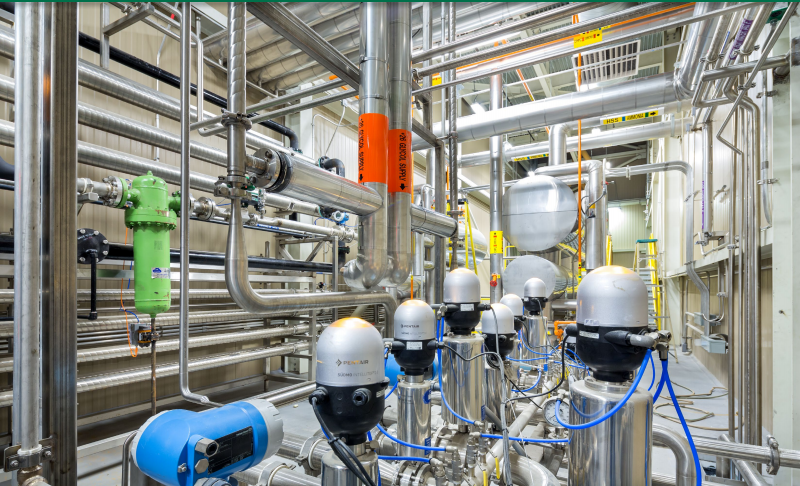3 Benefits of a Food Plant Observation Deck
Food plant tours can serve as a valuable sales tool for your company. An observation deck, or viewing gallery, is a sanitary design solution that allows you to roll out the welcome mat to visitors. This moderate, added cost solution can be ground level or elevated, offering a behind-the-scenes look at your plant’s critical processes or packaging. Let’s review design best practices in addition to three benefits these structures can offer your food plant.
Continue Reading “3 Benefits of a Food Plant Observation Deck”



